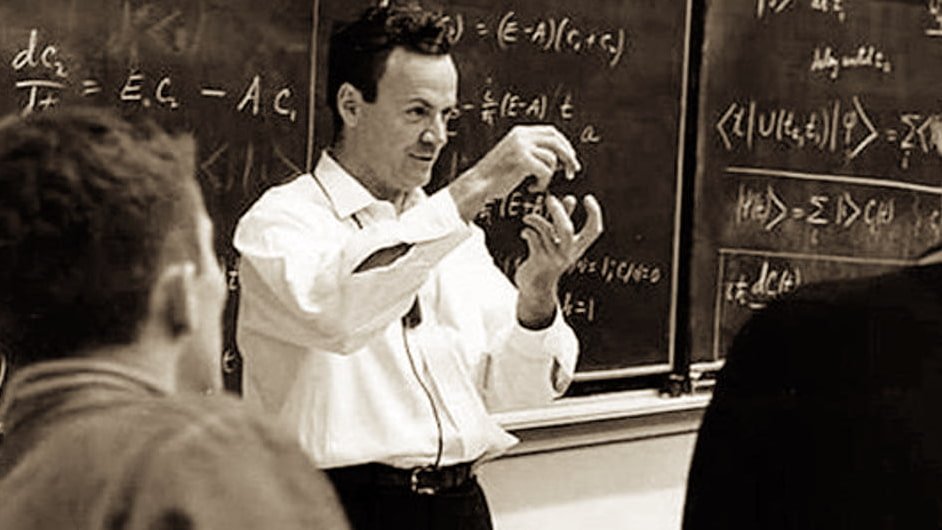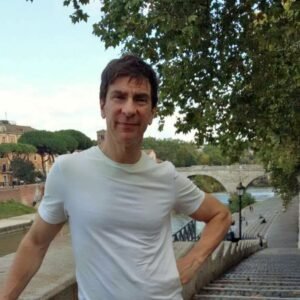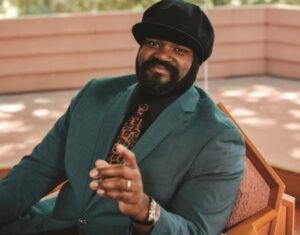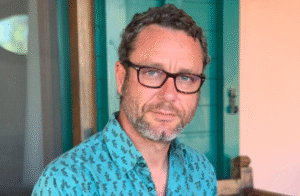Richard Feynman: a legendary scientist and entrepreneur

Richard Feynman: un físico excepcional y divulgador científico.
When we talk about successful entrepreneurs, we often think of names like Elon Musk, Bill Gates, or Jeff Bezos. The world of technology and business overflows with stories of people who succeeded by creating innovative products and services. However, when we look deeper into the concept of entrepreneurship, we find it is not limited to technology and business alone. Today, we’ll explore the life and achievements of an extraordinary entrepreneur in the world of science: Richard Feynman.
Who is Richard Feynman?
Born on May 11, 1918, in Queens, New York, Richard Phillips Feynman was an exceptional physicist and one of the most influential scientists of the 20th century. He was awarded the Nobel Prize in Physics in 1965, along with Julian Schwinger and Shinichiro Tomonaga, for their work on quantum electrodynamics (QED). Feynman’s unique way of thinking, charismatic personality, and ability to explain complex scientific concepts with clarity made him an icon in the scientific world.
Early life and education
Feynman’s curiosity and love for science began at an early age. His father, Melville Feynman, encouraged young Richard to question the world around him, nurturing his natural inquisitiveness. As a child, Feynman taught himself advanced mathematics and experimented with electrical circuits.
In 1939, he earned a Bachelor of Science degree from the Massachusetts Institute of Technology (MIT). He later pursued a PhD at Princeton University under the guidance of John Archibald Wheeler, completing his doctorate in 1942. His thesis, titled The Principle of Least Action in Quantum Mechanics, laid the groundwork for his later contributions to physics.
The Manhattan Project
During World War II, Feynman was recruited to work on the Manhattan Project in Los Alamos, New Mexico. He was tasked with calculating the critical mass and energy yield of the atomic bomb. Feynman’s exceptional problem-solving skills and ingenuity played a crucial role in the development of the bomb.
Quantum electrodynamics and the Nobel Prize
After the war, Feynman joined the faculty at Cornell University, where he developed his groundbreaking theories on quantum electrodynamics (QED). QED is a theory that describes how light and matter interact at the quantum level. Feynman’s work in this field introduced the concept of “Feynman diagrams,” which are graphical representations of the mathematical expressions describing subatomic particle behavior. These diagrams helped physicists better understand and visualize the complex interactions in quantum physics.
In 1965, Feynman was awarded the Nobel Prize in Physics, along with Julian Schwinger and Shinichiro Tomonaga, for their work on the development of QED. The Nobel Committee praised Feynman’s “fundamental contributions to the development of quantum electrodynamics and the invention of Feynman diagrams.”
Teaching and scientific outreach
In addition to being a researcher, Feynman was a passionate teacher. He was known for his engaging and entertaining lectures, which made complex scientific concepts accessible to students and the general public. In 1959, he gave a visionary lecture titled There’s Plenty of Room at the Bottom, in which he foresaw the potential of nanotechnology and the manipulation of individual atoms.
From 1961 to 1963, Feynman delivered a series of lectures at the California Institute of Technology (Caltech), later published as The Feynman Lectures on Physics. These lectures became a classic physics textbook, widely used by students and physicists worldwide. Feynman’s ability to explain complex ideas with clarity and simplicity made him a renowned science communicator.
Investigation of the Challenger disaster
In 1986, the space shuttle Challenger exploded shortly after liftoff, killing all seven crew members. Feynman was appointed to the Rogers Commission, which was responsible for investigating the disaster. In a dramatic televised hearing, Feynman demonstrated that the shuttle’s solid rocket booster O-rings had become brittle at low temperatures, leading to the explosion.
Feynman’s work in the investigation revealed systemic issues within NASA and the shuttle program, resulting in significant organizational and safety reforms.
Legacy
Richard Feynman passed away on February 15, 1988, but his impact on the world of science and education is still felt today. His innovative ideas, charismatic personality, and passion for teaching and science communication have inspired generations of scientists and entrepreneurs.
Feynman’s life is a powerful reminder that entrepreneurship is not limited to the business world. By pushing the boundaries of human knowledge and using his unique talents to educate and inspire others, Richard Feynman exemplifies the entrepreneurial spirit.






